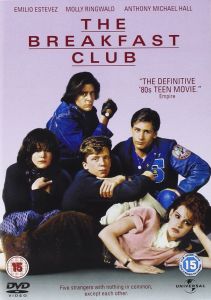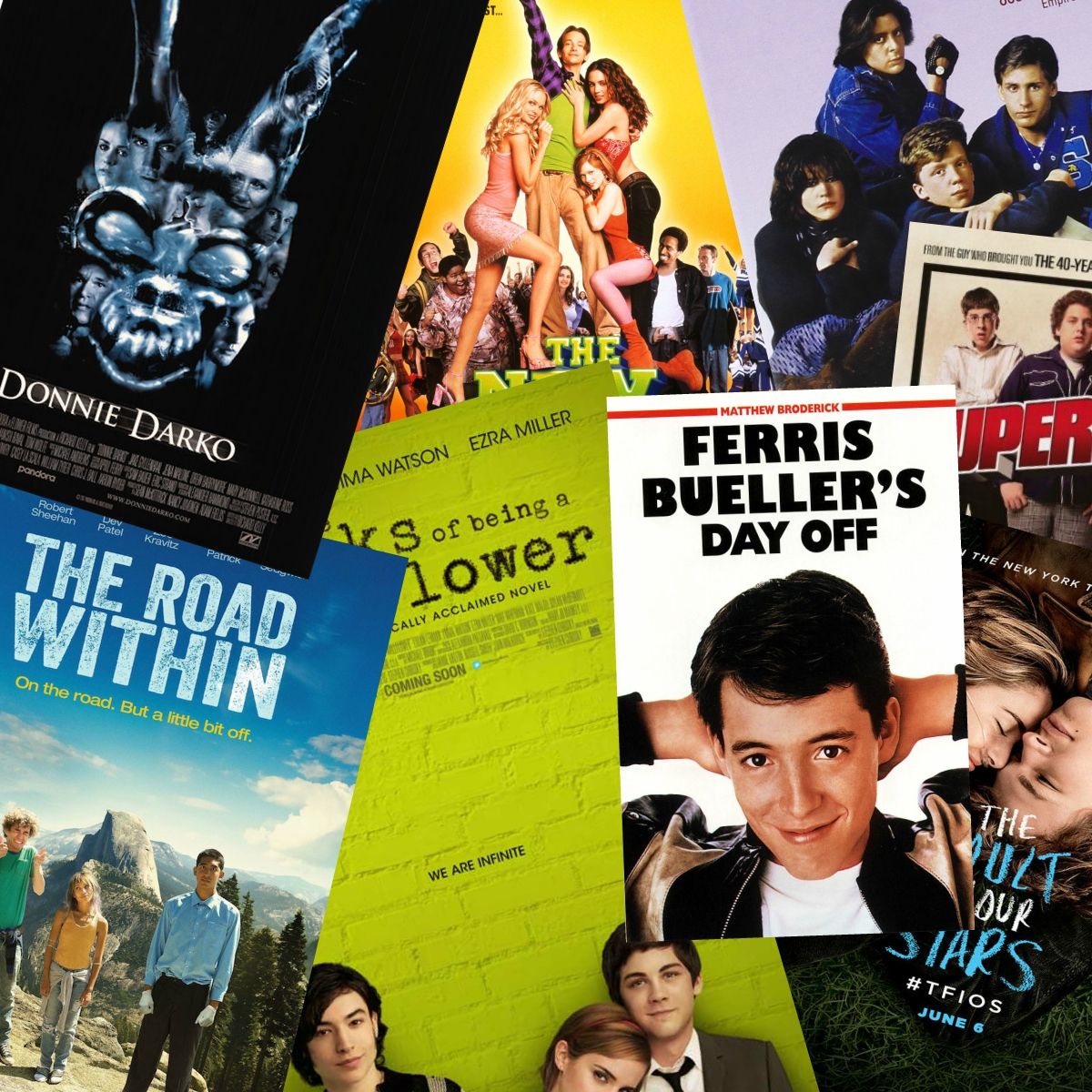Movies are adjusting with the times to address issues important and relevant to the culture.
The teen film genre makes up an important part of the movie industry and has since the idea of being a teenager came to exist. Following the establishment of child labor laws and decrease in youth marriage in 1920s America, the teenage phase was born. And so was a movie genre so legendary it earned a place in the hearts people for generations.

Not only do they provide heartwarming and relatable stories, teen films reflect the powerful culture of American youth while introducing new, influential images of adolescence to the adolescents.
“Rock Around the Clock” is considered one of the first teen movies. Films such as “The Breakfast Club,” “Ferris Bueller’s Day Off,” “Donnie Darko” and “Super Bad” are regarded as some of the most popular teen movies of all time.
Teen movies are typically categorized as films that target teenagers with a coming of age theme and a plot often centered around identity, first love, teen angst and rebellion towards authority figures. Many of these teen movies use consequences to further explore identity and character as well as romance.
When I think of teen movies, I always recall the films I watched with my older brother when I was younger. These movies, like “The New Guy,” often involved a social outcast struggling to accept who he is, working towards uniting the school, defeating the bully and ultimately getting the girl.

Some of these films were a bit over-the-top ridiculous, but they were light-hearted, creative and entertaining to watch. Above all else, they were fun. They showed us what it is like to discover who you are and how it is to deal with the very real problems to which parents do not listen.
Today, teen films have taken a darker turn. They are still about individuals finding love, finding themselves and rebelling against their parents, teachers and figures of authority, but so many of these movies also have a dark undertone.
“The Fault in Our Stars,” based on John Green‘s 2012 Goodreads choice winning novel, tells the tale of Hazel and Gus, who meet in a support group, bond over their shared love for bitter wit and fall in love… as they are dying.

“The Road Within,” a 2014 independent film, follows three unlikely friends learning things about themselves and each other on a cross country road trip… but they all suffer from mental illness.
In “The Perks of Being a Wallflower,” Charlie Kelmeckis learns to come out of his shell and enjoy high school… while moving past his experiences with sexual abuse and his best friend’s suicide.
These films and many more are renowned for the brilliant way they mix comedy with a daring attempt to address serious issues.
When I first noticed the pattern in how teen films were changing, I was originally upset. I felt the main problems of the stories remained the same, but horrible experiences were being to used to excuse the actions of the characters. For example, in ’80s and ’90s teen films, the protagonists would fall in love, just another aspect of finding themselves. With modern teen films, it seemed finding love, getting your first kiss, dating your first significant other, or even having your first sexual encounter were all experiences excused by the protagonists being terminally or mentally ill.
Eventually, though, the new, darker aspect to this enduring movie genre grew on me. I realized the importance of featuring characters who deal with issues many teens are dealing with today. I’ve come to appreciate that producers are willing to address such sensitive topics.
Many teenagers, much like Hazel and Gus, are fighting cancer. The American Society of Clinical Oncology reports that 600 deaths will occur as a result of cancer in adolescents ages 15 to 19 years old this year alone.
Zoë from “The Road Within” is not alone in her struggle against anorexia nervosa. The Eating Disorder Hope Affiliations & Partners estimated that somewhere between one percent and four percent of women will suffer from anorexia nervosa in their lifetime. Additionally, 50 percent of teenage girls and 30 percent of teenage boys use unhealthy weight control behaviors such as skipping meals, fasting, smoking cigarettes, vomiting and taking laxatives.
According to the Center for Disease Control and Prevention, it’s estimated that more than 60,000 American children suffer from Tourette syndrome and Beyond OCD found that obsessive-compulsive disorder affects one percent of the American population, smilier to Vincent and Alex, also in “The Road Within”.
Approximately 20 percent of teens will experience depression, as Charlie does in “The Perks of Being a Wallflower.” In 2014, more than 1,600 teens aged 13-18 committed suicide, with the number of teen suicides having gone up 23 percent since 1999.
Mental illness affects more youth than previously acknowledged, especially American youth. As issues, such as mental illness, become more prevalent and normal in society, they become more common in films.
While early 2000s teen comedies will always have a place in my heart, the commitment by producers to create movies that center on such difficult yet relevant topics is extraordinarily brave and admirable, not to mention essential.



